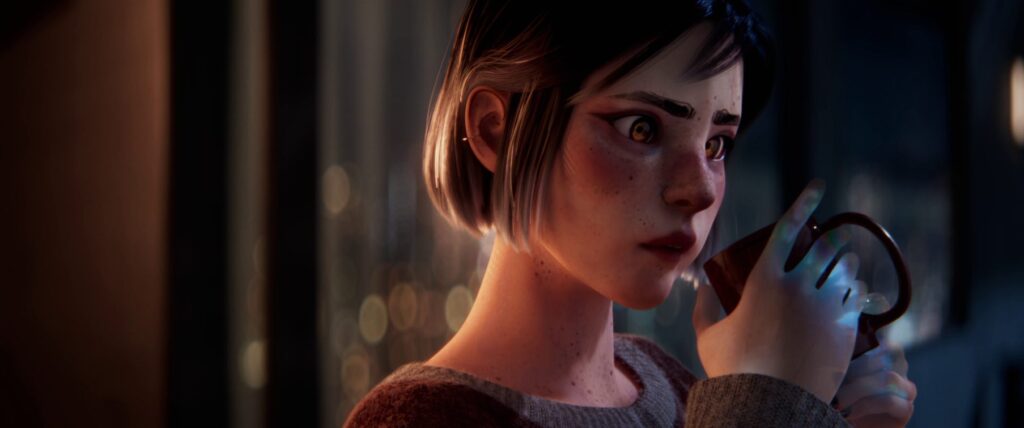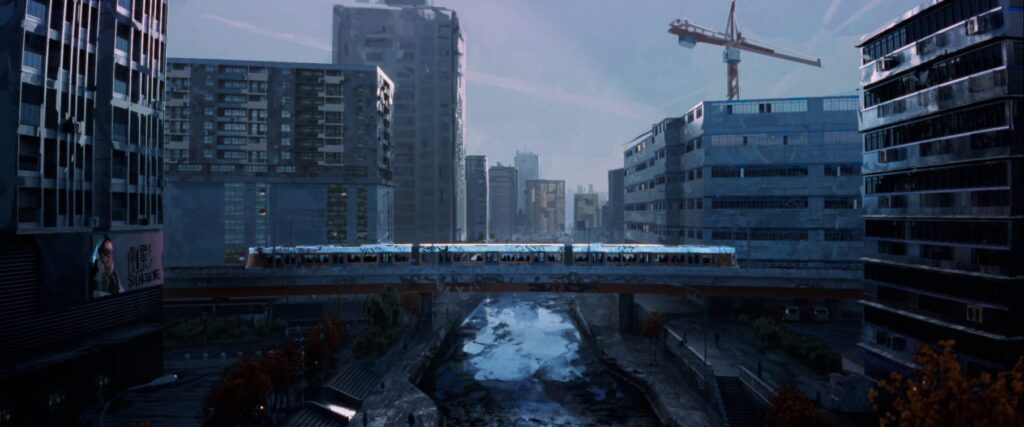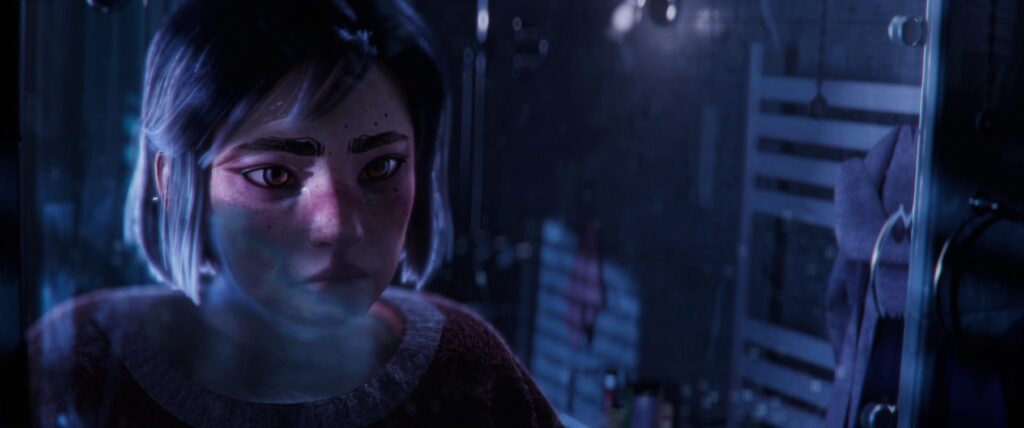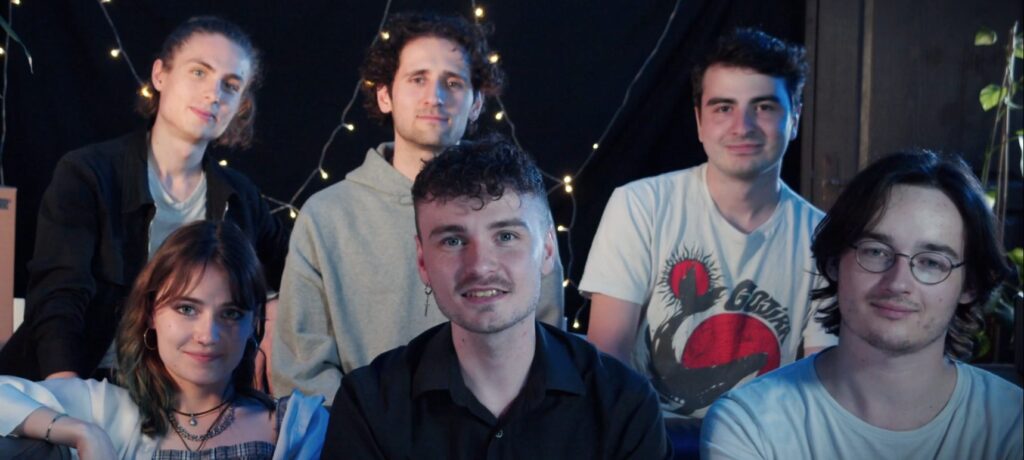
The Visual Effects Society hosted the 22nd annual Visual Effects Society Awards on Feb. 21 at the Beverly Hilton in Beverly Hills, Calif., celebrating the most outstanding visual effects in film, television, and other media in the last year. For the 16th consecutive year, Autodesk sponsored the “Outstanding Visual Effects in a Student Project” category, recognizing the next generation of industry talent.
‘Silhouette’ won this year’s VES Student Award, produced by a team of talented filmmakers from ArtFX School of Digital Arts in France: Alexis Lafuente, Antoni Nicolaï, Chloé Stricher, Elliot Dreuille, Baptiste Gueusquin and Marc Forest. Claire is the young protagonist in ‘Silhouette,’ a short film that showcases the character’s isolation living alone in a big city. As the loneliness takes hold, her body gradually disappears on the rainy streets of a futuristic metropolis. We spoke with Chloé Stricher to learn more about the making of this film.

What was the inspiration behind the look of ‘Silhouette‘?
The work of filmmaker Alberto Mielgo, who mixes 3D animation with 2D graphic elements, was one of the main inspirations for us, especially his short film ‘The Witness’ from the Netflix series
‘Love, Death and Robots.’ We were mostly inspired by his stylized artistic direction, but also by the camera work that contributed to the realism of the scenes.

What was the most challenging part of bringing this project to life?
What we found really challenging, firstly, was to write a story and create engaging characters and settings. Once we were happy with the scenario, we needed to reconcile our time constraints with our ambitions by finding technical answers to the constraints and artistic direction of our story to make the project feasible.
What is exciting about receiving this nomination?
Being nominated in one of the most prestigious ceremonies in the VFX industry at the very beginning of our careers is an immense achievement for all of us. It’s an incredible feeling to know that our work and studies have paid off, and we hope it will give us plenty of opportunities!
How long were you working on this project?
We started working on this project in early 2022. We worked for six months on the story and the artistic direction. It took us many tries to have a story we were comfortable with, not only in pacing and mood, but mainly emotionally. We wanted the character to improve due to her own choices. Once we were happy with the pre-production, we began on the actual production, on which we spent 10 months!
What is the most exciting part of creating in CG, what do you love about this medium?
What we loved about creating a film in CG is that it lets us bring our stories to life. In ‘Silhouette,’ we had a lot of fun mixing both CG and 2D to create our own artistic direction.
How did Autodesk tools benefit this project?
We used Maya during a good chunk of the process: Maya’s modeling tools for most of the props, but we especially used it for the rigging and animation. Furthermore, we want to thank the community that surrounds Maya and Autodesk in general. A crucial part of the rigging workflow involved a Maya plug-in called ‘mGear’, an open-source project started by Jérémie Passerin and continued by Miquel Campos. It really helped Alexis to improve his workflow as a rigger. We would recommend it to anyone!

Pictured top to bottom, left to right: Baptiste Gueusquin, Elliot Dreuille, Antoni Nicolaï, Chloé Stricher, Alexis Lafuente and Marc Forest